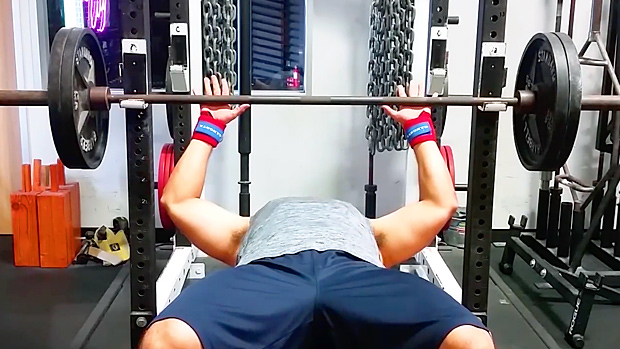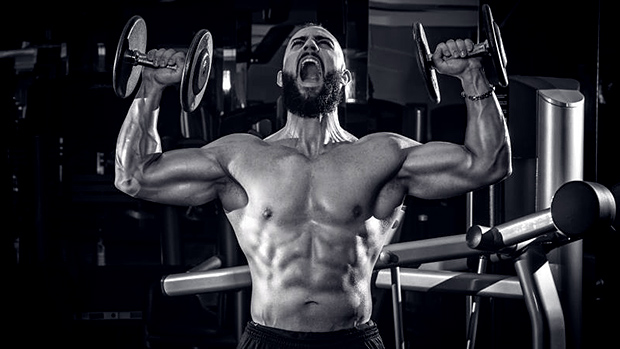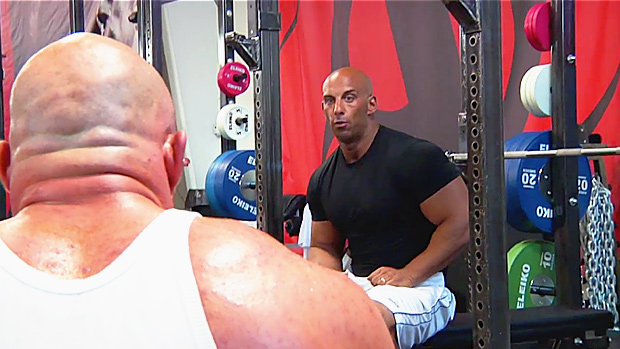Want to deadlift heavier? Build strength in the different positions of the deadlift. Keep it simple and deadlift with intent.
Taking this approach, I've added over 100 pounds to my deadlift in eight months. Not once did I strap bands or chains. I'm not saying you won't get stronger using bands or chains, but they're not needed. If you simply pull each rep with as much aggression as possible, you will undoubtedly get stronger.
Elevating the bar two inches from the floor forces you to lift the weight using less leg drive since there's less quad engagement when pulling from a higher position.
Contrary to popular opinion, block pulls actually improve your leg drive since they build strength in the initial pull-phase of the deadlift. So when you DO pull from the floor and are using more of your quads, you'll be able to get past that mid-shin sticking point where many lifters fail.
Stand on an elevated surface so that you can lower the bar by about two inches. Pulling from a deficit makes the lift significantly more challenging, but the real value is in improving your lockout.
I always thought deficit deadlifts were done to improve your leg drive from the floor. This is partially true since you're able to engage your quads more from a lower position. But the deficit creates a larger range of motion, forcing your posterior chain muscles to work significantly harder to lock out each rep.
I never realized how beneficial deficit deadlifts were for the lockout until I started using heavier weights (80-90% of my 1RM). Trust me, if you start pulling deficit deadlifts with 80%-plus of your max for reps, you'll understand why it improves the lockout.

To do it properly, think about using only your hamstrings, glutes, and low back to lift the weight. No leg drive or quads. Use less knee bend at the starting position, feel a stretch in your hamstrings, and pull through that stretch during each rep while keeping your knees tracking out.
The stiff-leg deadlift isolates the posterior chain musculature extremely well, strengthens nearly every phase of the deadlift, and builds confidence.
What's more functional than bending down and picking up something heavy off the ground? While the conventional deadlift may not be for everyone, there are many alternatives. Deadlifting is an essential life skill that everyone should possess. Every lifter should be doing some form of it.
Also, if you've got low-back pain, there's a good chance that it stems from low-back weakness. Certainly, there are cases of individuals going too heavy too often, which ultimately leads to injury. But when done intelligently and with proper form, no exercise strengthens your back better than the deadlift. A strong back is a resilient back.




